
"Wilhelmus van Nassouwe", known simply as "Wilhelmus", is the national anthem of both the Netherlands and its sovereign state, the Kingdom of the Netherlands. It dates back to at least 1572, making it the oldest national anthem in use today, provided that the latter is defined as consisting of both a melody and lyrics. Although "Wilhelmus" was not recognized as the official national anthem until 1932, it has always been popular with parts of the Dutch population and resurfaced on several occasions in the course of Dutch history before gaining its present status. It was also the anthem of the Netherlands Antilles from 1954 to 1964.
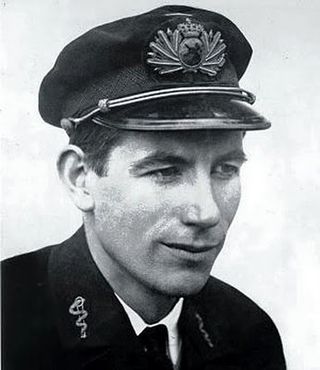
Jan Jacob Slauerhoff, who published as J. Slauerhoff, was a Dutch poet and novelist. He is considered one of the most important Dutch language writers.
Thomas Colley Grattan was an Irish novelist, poet, historian and diplomat. Born in Dublin, he was educated for the law, but did not practise. He wrote a few novels, including The Heiress of Bruges ; but his best work was Highways and Byways, a description of his Continental travels, of which he published three series, amounting to eight volumes. He also wrote a history of the Netherlands and books on America. He was for some time British Consul at Boston in the United States and assisted in the negotiations leading to the Webster–Ashburton Treaty in 1842.
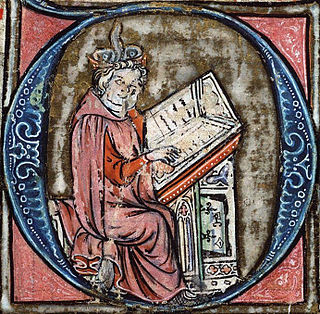
Jacob van Maerlant was a Flemish poet of the 13th century and one of the most important Middle Dutch authors during the Middle Ages.
Flemish literature is literature from Flanders, historically a region comprising parts of present-day Belgium, France and the Netherlands. Until the early 19th century, this literature was regarded as an integral part of Dutch literature. After Belgium became independent from the Netherlands in 1830, the term Flemish literature acquired a narrower meaning and refers to the Dutch-language literature produced in Belgium. It remains a part of Dutch-language literature.

A Joyous Entry is a ceremonial event marking the entry into a city by a monarch, prince, duke, or governor in parts of modern-day Belgium. Originating in the Middle Ages, it generally coincided with the affirmation or extension of the city's civic rights and privileges.

The Renaissance in the Low Countries was a cultural period in the Northern Renaissance that took place in around the 16th century in the Low Countries.

The Low Countries comprise the coastal Rhine–Meuse–Scheldt delta region in Western Europe, whose definition usually includes the modern countries of Luxembourg, Belgium and the Netherlands. Both Belgium and the Netherlands derived their names from earlier names for the region, due to nether meaning "low" and Belgica being the Latinized name for all the Low Countries, a nomenclature that became obsolete after Belgium's secession in 1830.
Geert van Turnhout was a Flemish composer, who became master of the Flemish chapel in Spain.

Het Schilder-Boeck or Schilderboek is a book written by the Flemish writer and painter Karel van Mander first published in 1604 in Haarlem in the Dutch Republic, where van Mander resided. The book is written in 17th-century Dutch and its title is commonly translated into English as 'The Book of Painters' or 'The Book of Painting' and sometimes as 'The Book on Picturing'. Het Schilder-Boeck consists of six parts and is considered one of the principal sources on the history of art and art theory in the 15th and 16th century Low Countries. The book was very well received and sold well. Karel van Mander died two years after its publication. A second posthumous edition, which included a brief, anonymous biography of van Mander was published in 1618. This second edition was translated by Hessel Miedema into English and published in 1994-1997 together with a facsimile of the original and five volumes of notes on the text.

The Lion of Flanders, or the Battle of the Golden Spurs is a major novel first published in 1838 by the Belgian writer Hendrik Conscience (1812–1883) and is an early example of historical fiction. The book focuses on the medieval Franco-Flemish War and the Battle of the Golden Spurs of 1302 in particular. It is written in Conscience's typical stylistic romanticism and has been described as the "Flemish national epic".

David Grégoire Van Reybrouck is a Belgian cultural historian, archaeologist and author. He writes historical fiction, literary non-fiction, novels, poetry, plays and academic texts. He has received several awards for his works, which include Congo: The Epic History of a People and Revolusi.

Bruges is the capital and largest city of the province of West Flanders in the Flemish Region of Belgium, in the northwest of the country. It is the sixth most populous city in the country.

Joseph Theodoor "Joep" Leerssen is a Dutch comparatist and cultural historian. He is professor of European studies at the University of Amsterdam, where he also holds a Royal Netherlands Academy Research Professorship. He was awarded the Spinozapremie in 2008.
Adrienne Dixon is a translator of Dutch and Flemish literature into English. She has translated the work of Cees Nooteboom and several other authors, including Harry Mulisch. "Dixon is one of the most prolific translators of Dutch fiction... One reviewer even suggested that she should be honoured for what she has done 'to reclaim contemporary Dutch fiction for anglophone readers'."
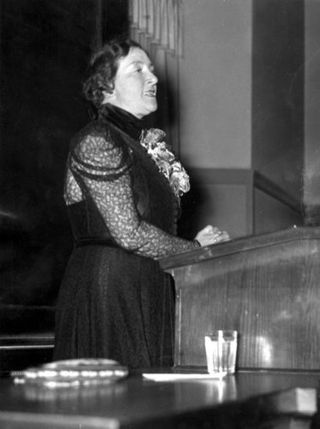
Johanna van Ammers-Küller was a Dutch writer. She was one of the most successful European female writers in the interwar period, though her reputation suffered as a result of her collaboration during World War II.
Theo Hermans is a Belgian scholar best known for his work in Translation Studies. He is currently Professor of Dutch and Comparative Literature at University College London. He is a corresponding member of the Flemish Academy and an Honorary Research Fellow at the University of Manchester’s Centre for Translation and Intercultural Studies. Since October 2006 he holds the honorary post of adjunct professor at the Department of Translation at the Chinese University of Hong Kong. Hermans is also editor of the journal Dutch Crossing: Journal of Low Countries Studies.
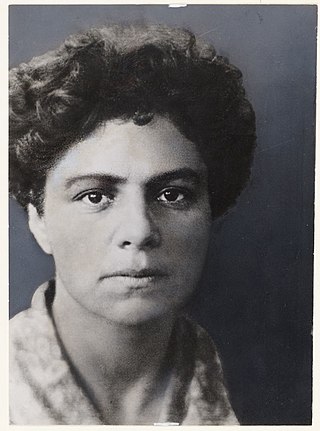
Carry van Bruggen was a Dutch writer. She also wrote under the name Justine Abbing.
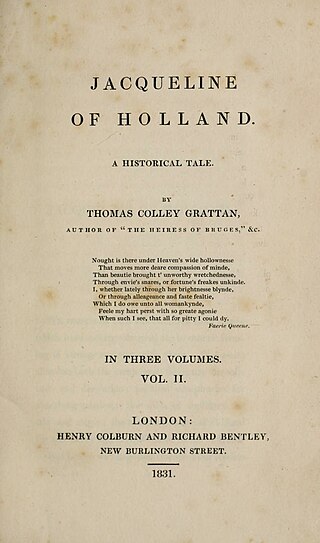
Jacqueline of Holland is an 1831 historical novel by the Irish writer Thomas Colley Grattan, published in three volumes. It depicts the life of Jacqueline, Countess of Hainaut, the early fifteenth century ruler of much of the Low Countries. Amongst the other characters who feature is Humphrey, Duke of Gloucester, the brother of Henry V of England. Grattan had enjoyed success with another historical novel set in the region The Heiress of Bruges the previous year, and both books drew inspiration from the works of Walter Scott. Grattan dedicated to the book to his friend, the Irish military doctor Arthur Brooke Faulkner.
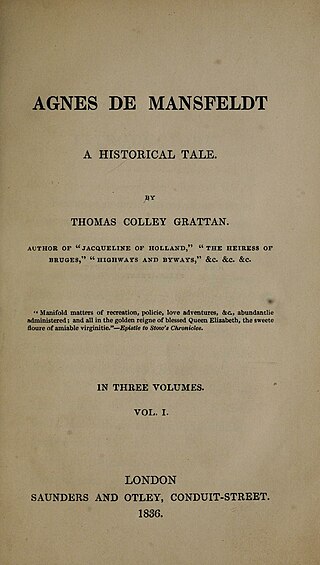
Agnes de Mansfeldt is an 1836 historical novel by the Irish writer Thomas Colley Grattan, published in three volumes. It was his third novel, although he remained best known for his travelogues. Like the previous two it was strongly influenced by the Waverley novels of Walter Scott. It is set around the time of the Cologne War of the 1580s, provoked in part by the marriage of Agnes von Mansfeld-Eisleben to the Elector of Cologne and his conversation to Protestantism. In his preface, Grattan draws parallels between these historical events and the contemporary situation following the Belgian Revolution and the 1831 Treaty of London.















